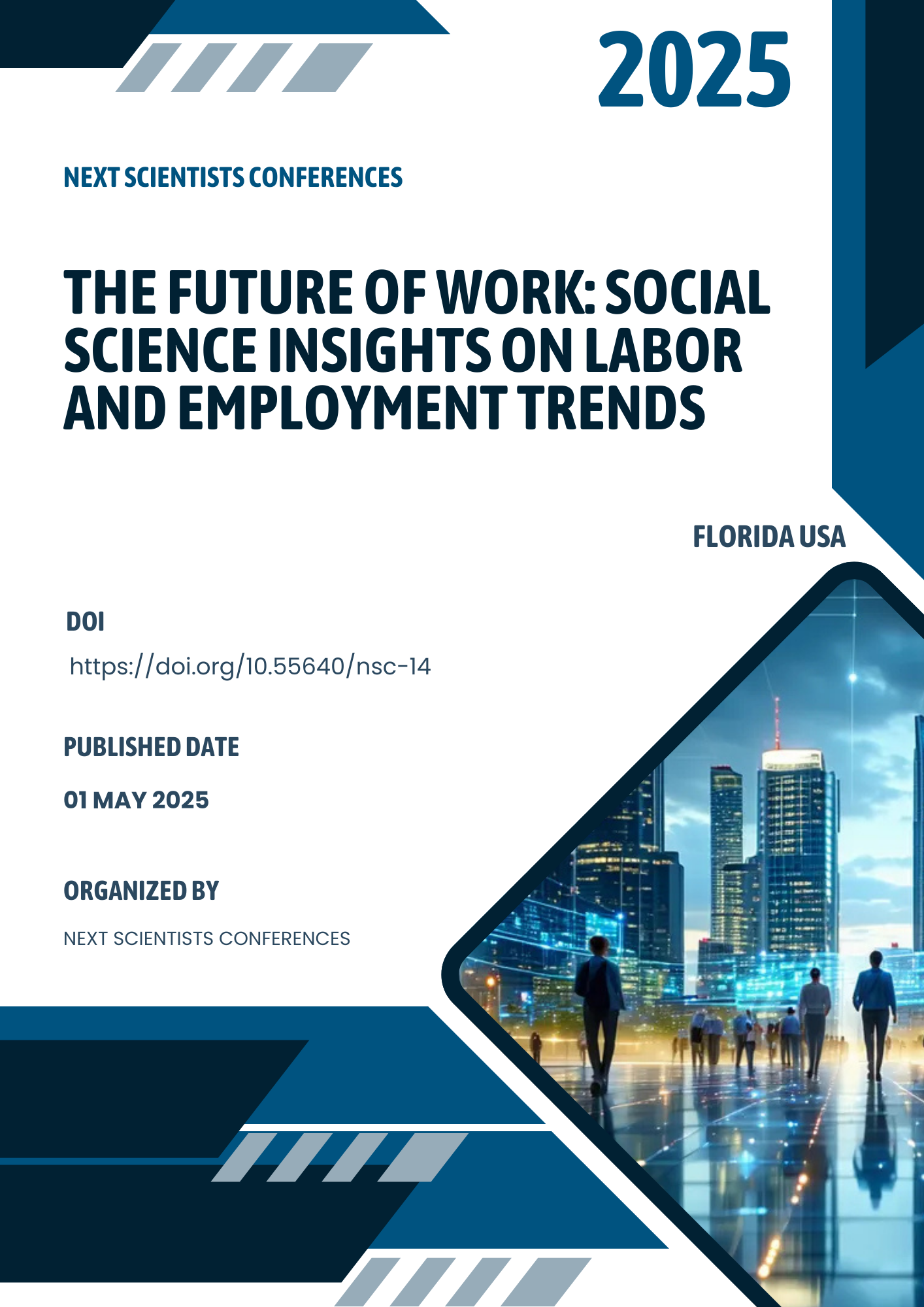THE MAIN DEVELOPMENT STAGES OF THE NOVELLA IN THE 20TH CENTURY
Keywords:
Novella, twentieth century, literary developmentAbstract
This article explores the major developmental phases of the novella (short novel) genre during the twentieth century, highlighting the aesthetic, cultural, and social forces that shaped its transformations. Despite the novella’s deep roots in earlier literary traditions, the twentieth century brought forth new narrative strategies, stylistic experimentation, and a reimagined sense of brevity and focus. By charting the novella’s trajectory across different movements—from modernist minimalism to postcolonial hybridization—the article underscores how shifts in historical context and reader expectations influenced form, content, and authorial voice. Throughout these developments, the novella maintained an intermediate position between short story and full-length novel, harnessing both the precision of the former and the thematic range of the latter. Ultimately, this study offers a detailed look at how the novella adapted to rapidly evolving literary marketplaces, aesthetic philosophies, and technological changes, suggesting that its concise structure and flexibility continue to make it a vital vehicle for storytelling into the present.
References
Bakhtin, M. M. The Dialogic Imagination: Four Essays. – Austin : University of Texas Press, 1981. – 444 p.
Franco, J. The Modern Culture of Latin America. – London : Weidenfeld & Nicolson, 1967. – 339 p.
García Márquez, G. Chronicle of a Death Foretold. – New York : Vintage International, 2003. – 128 p.
Mann, Th. Death in Venice and Other Tales. – Harmondsworth : Penguin Classics, 1955. – 350 p.
Steinbeck, J. Of Mice and Men. – New York : Penguin Books, 1993. – 107 p.


